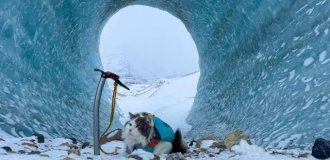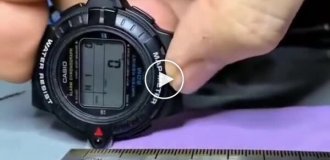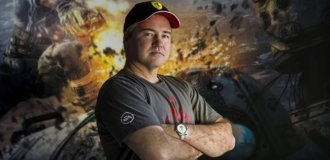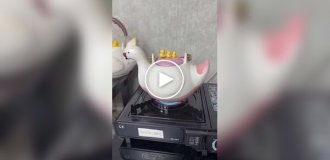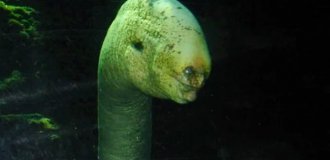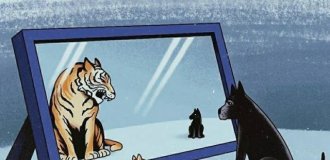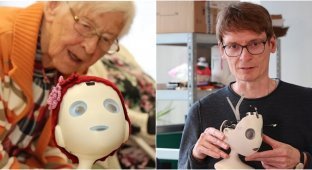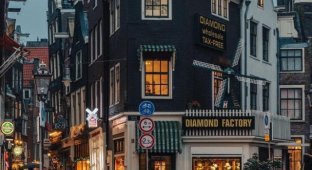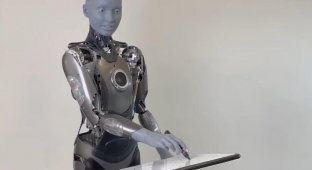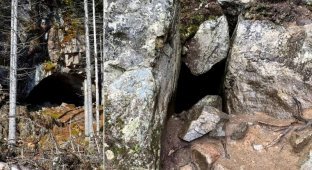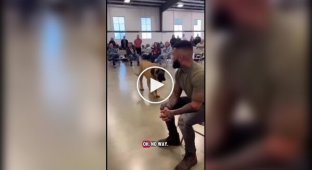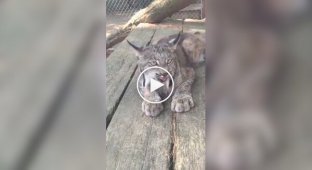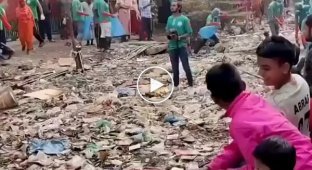Franja Guerrilla Hospital - A Quiet Story of Rescue (13 photos + 1 video)
During World War II, when Slovenia was under Nazi occupation, the country's resistance movement built a large number of hospitals. They were safely hidden in the forests. 
These hospitals were often built in hard-to-reach places in forests, gorges and caves, so that they were inaccessible to the enemy, who actively sought out these points and destroyed them. 
Between 1942 and 1945, there were about 120 partisan hospitals in Slovenia, which provided shelter to over 15,000 wounded and sick people of various nationalities who fought against fascism and Nazism. Their existence and work depended to a large extent on the support of local residents, who helped transport and carry the wounded, organized an uninterrupted supply of food, medicine and sanitary equipment, and also protected the secret of their location even at the cost of their own safety. 
Several of these hospitals still exist, although they no longer provide medical services. Among them, the partisan hospital "Franja" in Dolenji Novaki near Čerkno in western Slovenia was the best equipped: an operating room, an X-ray machine, a nursing unit, and even a small power plant. 
The partisan hospital was located in a ravine deep in German-occupied Europe, just a few hours from Austria and the heartland of the Third Reich. The area was often the scene of fighting, but the hospital remained well hidden throughout its operation. The entrance was hidden, and the building could only be entered via retractable bridges that were retracted when the enemy was nearby. To maintain the secrecy necessary for the operation of an underground hospital, patients were blindfolded when they were brought into the hospital. It was also protected by minefields. Since the hospital was in a ravine, many trees and camouflaged buildings provided protection from aerial reconnaissance. 
The facility was built in 1943 under the direction of Dr. Viktor Volchyak, but it was named after Dr. Franja Boyts, who began working there in February 1944 as a doctor and director. 
From December 1943 to May 1945, 14 wooden houses of various sizes and for various purposes were built in the gorge. All necessary materials were delivered to the site by hand. In addition to the houses where the wounded and the staff were housed, there was a surgical room, an X-ray machine, a kitchen, a laundry and washroom, and a room for nursing the sick. There was even a power plant. 
The hospital was designed for 120 patients, but during its operation it received almost ten times that number. Most of them were wounded anti-Nazi resistance fighters who could not go to regular hospitals because they could be arrested. Along with Slovenians and Yugoslav citizens, Franje and its subdivisions treated patients of various nationalities, including Italians, French, Poles, Americans, and Austrians. Among those treated was a German soldier who decided to stay after his recovery and helped run the hospital. 
The hospital also had its own cemetery at the entrance to the gorge, but security measures prevented the graves from being clearly marked. Most of the dead were buried shortly after the war in a mass grave at the Cherkno cemetery. 
After the war, the Franja partisan hospital was converted into a museum and opened to visitors, and to this day remains one of the most visited monuments in Slovenia. 




